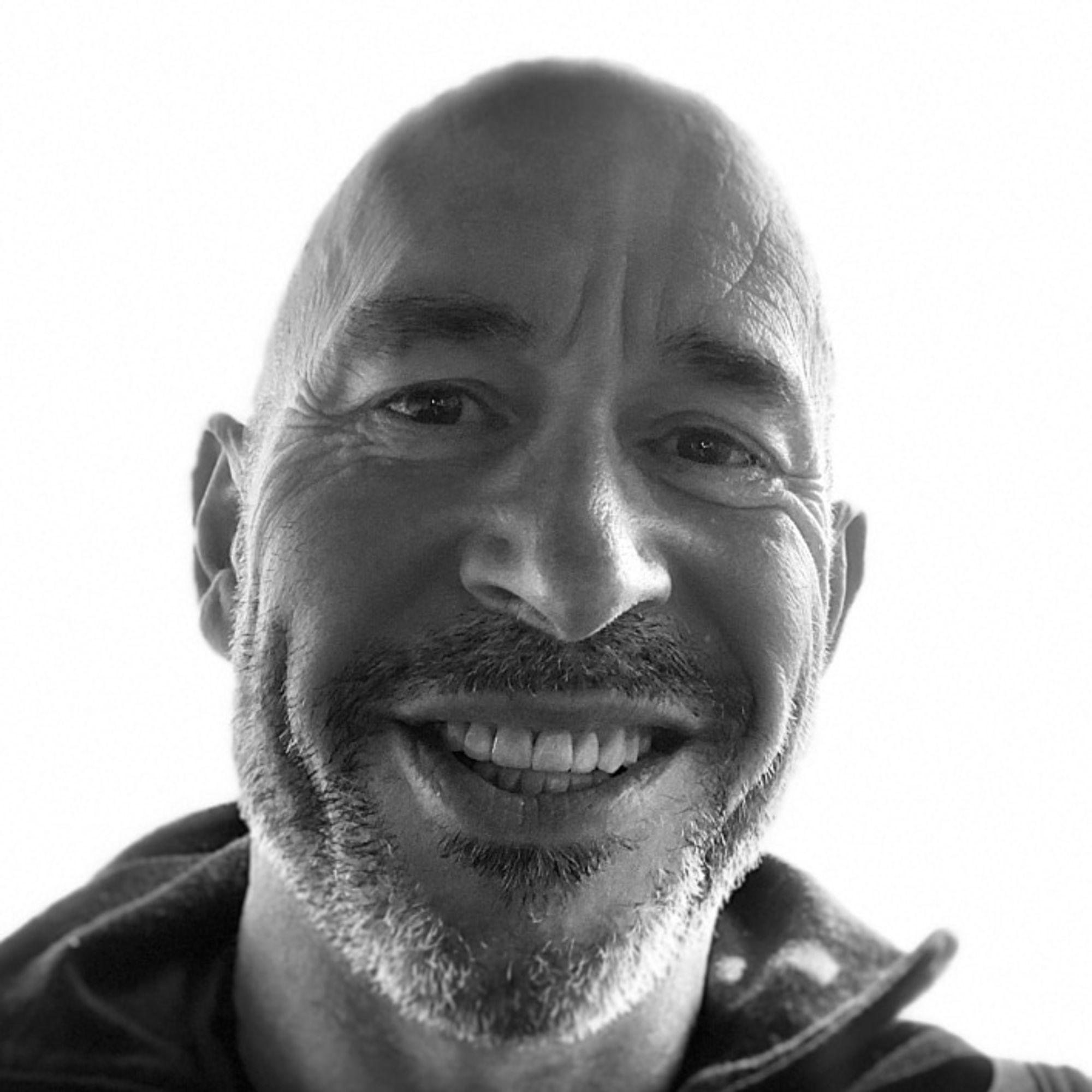Ready to Publish
Ready to Publish
Publish Date
Oct 14, 2021
Slug
Excerpt
Why language is like a map
Related Posts
Featured
Featured
External Link
Extra Info
Status
Scheduled
:Source URL
bear://x-callback-url/open-note?id=FE8A3EA2-D4F6-4B22-B22F-275442588161-4312-000006CAEA946BA5
:Priority
Authors
Life is full of novel situations where a course of action is not obvious. For instance, the process of navigating our way across a unfamiliar town or city is full of uncertainty. That’s why maps were invented. The key features on a map are called symbols. These are the dots, lines and colours etc that represent the geographic features of the territory. If you are climbing a mountain then symbols of lines to represent altitude will be useful. If you are traversing a city then symbols representing streets are going to be an essential feature. And if you’re a farmer irrigating his or her land then symbols of colour representing the moisture in the soil will really help. There is no one “right” map, but some maps will be more helpful than others when in a given situation.
Maps aren’t only for physical territories
A physical territory is only one aspect of our life that requires navigating. Our experience also includes lots of other types of non-physical territory that we “travel” through. These include relationships, careers, health problems, legal issues, moral predicaments, financial decisions, and many many more. In all of these navigational challenges we look for help to support us in making a decision. Anything that provides some clues about how to do this is a kind of map.
The map we live in
The very language we use to communicate with one another, and even to think with, is a map. We don’t think of language in this way but the words we use are just like the symbols on a map. Each word or symbol represents a significant feature of our world. This means that rather than having to point at everything we want to communicate or think about we can use a word instead.
What is significant to one group of people might be different to another group, and so different cultures have words that we might not have in the language of our culture. An example of this is that the Inuits of Greenland, Alaska and Canada have tens of different words to describe “snow”. This makes sense as a more fine-grained lexicon of distinctions would seem important given that “snow” is a much more significant element of their experience.
Language changes everything
Imagine moving in with an Inuit tribe. After spending some time with them, your own perception of the distinctions between different types of snow would change. These new distinctions are now shaping your experience of the world. Every new distinction brings forth a new aspect of reality that didn’t exist until you were introduced to it. This is because our perception is filtered by and our attention is focused by what our language tells us is important to pay attention to. Linguists have a whole theory about this called linguistic relativity. This theory says that the structure of a language affects its speakers' way of seeing the world, and thus their perceptions, thoughts and actions are influenced by the language they use.
Language is something we take for granted. It is like the water to a fish in a fishbowl; always present yet so taken for granted that it’s never noticed. Language invisibly influences our experience of reality.

New language can create new possibility
If the words you use can change your perceptions, thoughts, actions, and what you value, then you can see how potentially significant this might be. Are there words in your vocabulary, or perhaps not in your vocabulary, that could change the quality of your life for the better? Linguistic relativity says yes. One of the pioneers in personal development, Werner Erhard uses the term Distinction to refer to the different ways that words or phrases, as symbolic representations of reality, can be created.
Distinctions aren’t true, but they may be helpful
Meaningful Participation is full of these kinds of distinctions (it is itself a distinction). Just like any map and the symbols that make it up, a distinction isn’t measured by the idea of an objective truth. Rather distinctions are measured by their utility; how helpful are they in taking us to the places we want to go in our life. New words, or even old words re-remembered, can create a new lens through which to see the world through. New distinctions, or the grouping of them into ideas, can be bring forth new possibilities.
“I'm not asking you to believe in what I say. All I am asking is that you hold it as a possibility. Using the ideas as a ladder that you climb up on to see what the world looks like from the elevation or perspective they provide.”
Werner Erhard



